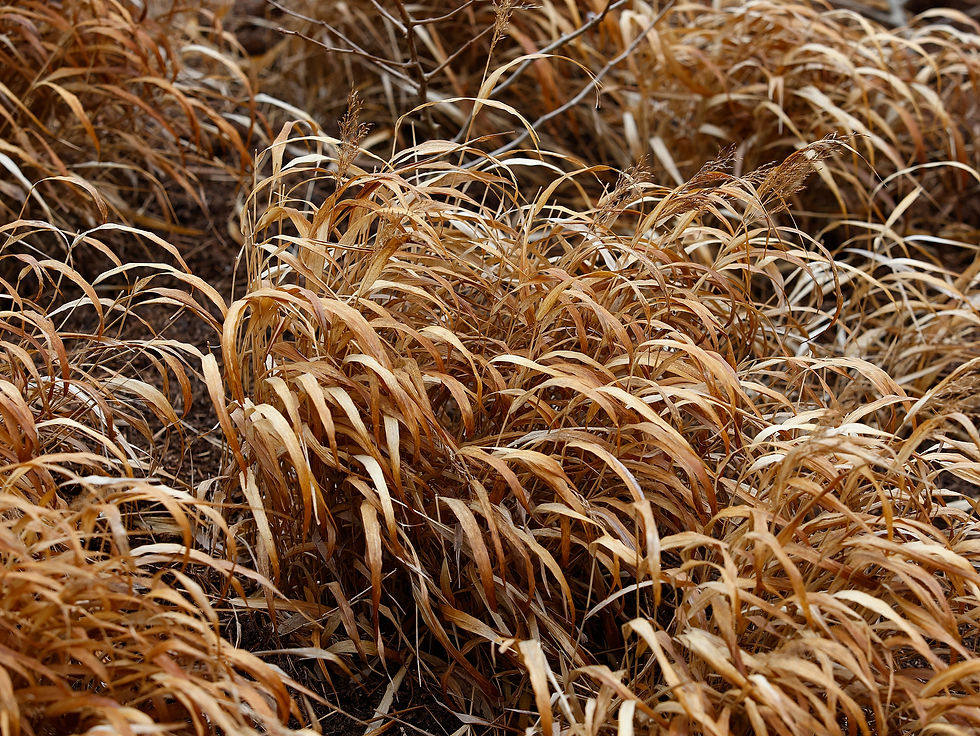Fun with Ferns
- Katherine Aul Cervoni
- Apr 30, 2021
- 2 min read
One of my favorite plants for both form and texture is the fern. I use them often and abundantly in the garden, but they are also wildly wonderful indoors where you can see their fanning fronds up close. Here are my favorite house ferns, all of which are non-toxic and pet-friendly.
Kimberly Queen Fern (Nephrolepis obliterata)

For a larger, bushier fern with a classic vibe, look no further than the regal Kimberly Queen.
This varietal prefers medium to bright indirect light (a north-facing window is perfect) and will need the first few inches of soil to dry out between waterings. These ferns do not like the cold, so keep away from drafty doors and windows during winter.
Bird's Nest Fern (Asplenium nidus)

I love the slightly ruffled, vivid green fronds of the Bird's Nest fern — and how simple they are to care for. The Bird's Nest is happiest in medium-to-low light (more light means a more crinkled appearance, lower light will make fronds smoother and more relaxed) and can dry out between waterings. It doesn't require the same humidity as many others, so if you know you're not one to mist regularly, this is great choice.
Maidenhair Fern (Adiantum aethiopicum)

Maidenhair ferns are among the most elegant and delicate-looking of indoor plants. I adore the way the bright green foliage seems to float off of its dark stems. These arching beauties prefer bright, indirect light and love humidity. Their soil needs to stay consistently moist, but not soggy, so be sure not to let them dry out or have water sitting in their saucer for too long. The watering needs means they are slightly higher maintenance than your simplest house plant, but once you get the hang of it you'll be able to enjoy it for years to come.
Crocodile Fern (Microsorium musifolium 'Crocydyllus')

I have a special soft spot for Crocodile ferns, probably because I had one that lived through almost 10 years of frequent moves to various apartments (and light conditions) in New York City. This fern's unique foliage really does resemble the scaly skin of a crocodile. And it's deep emerald color adds to the effect. Crocodile ferns are relatively easy keepers that enjoy bright indirect-to-low light and lots of humidity. Let the top inch of soil dry out between waterings and do not let water accumulate in the saucer, as it's susceptible to root rot.




Comments